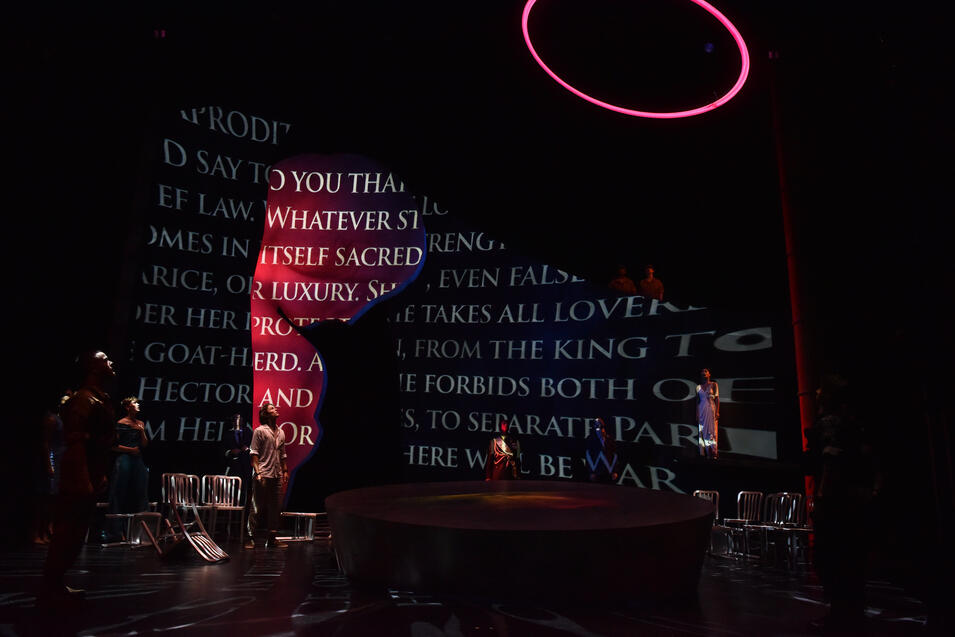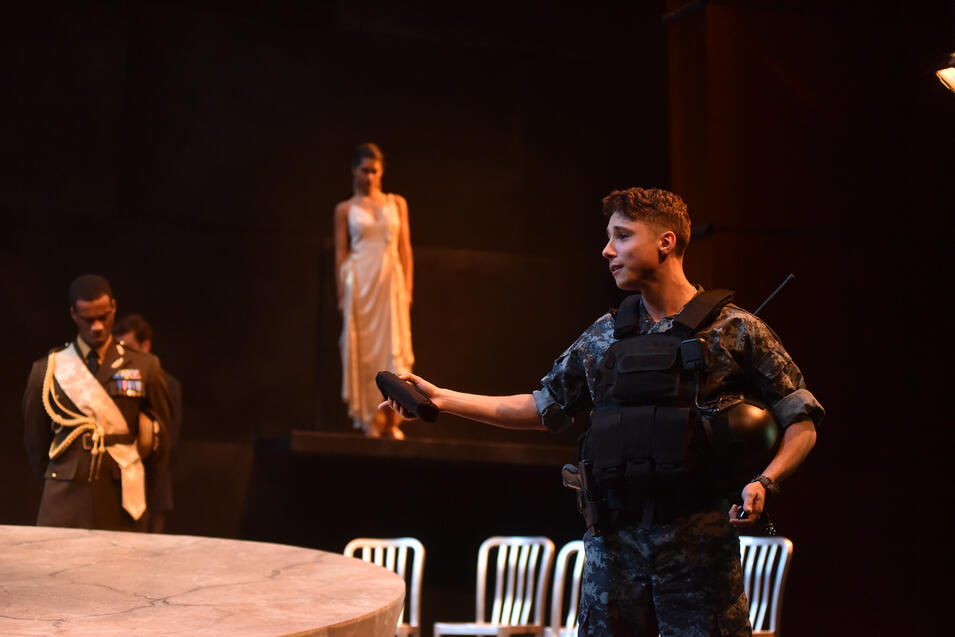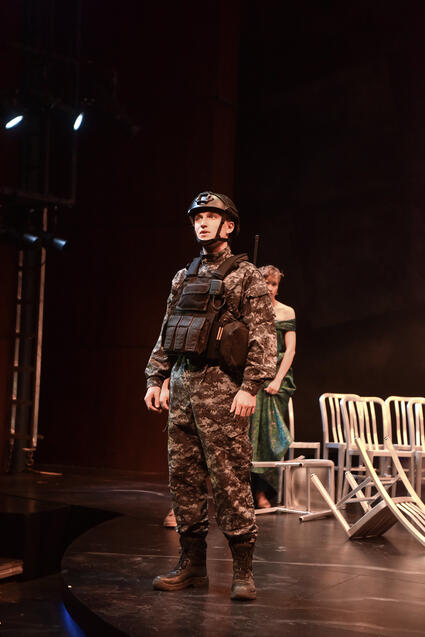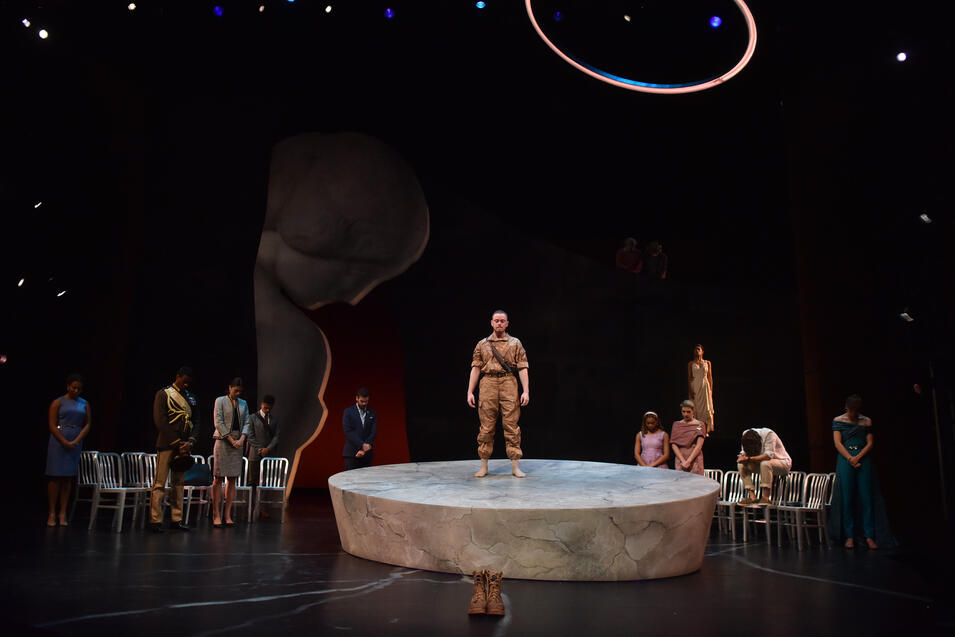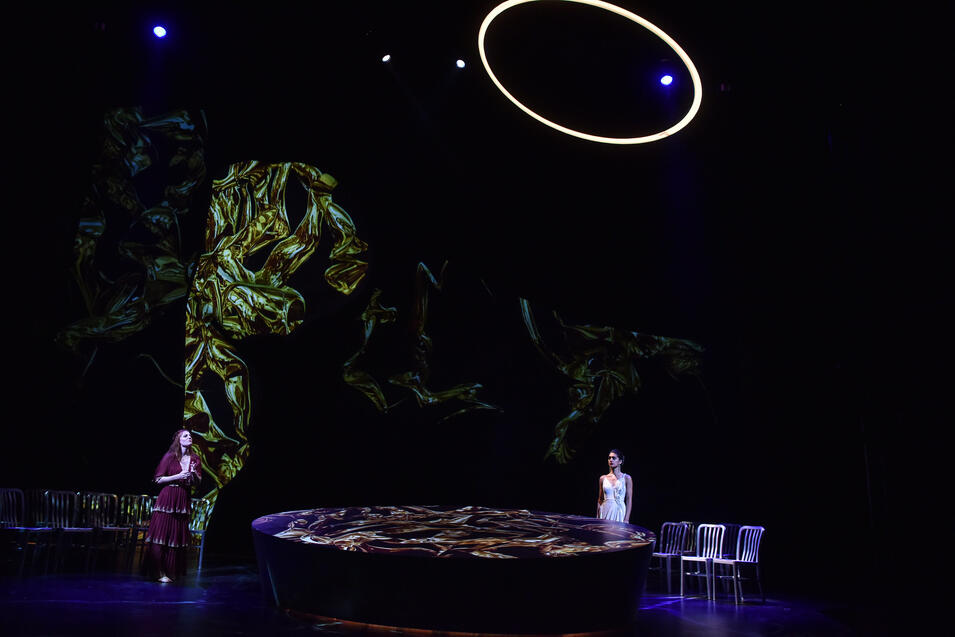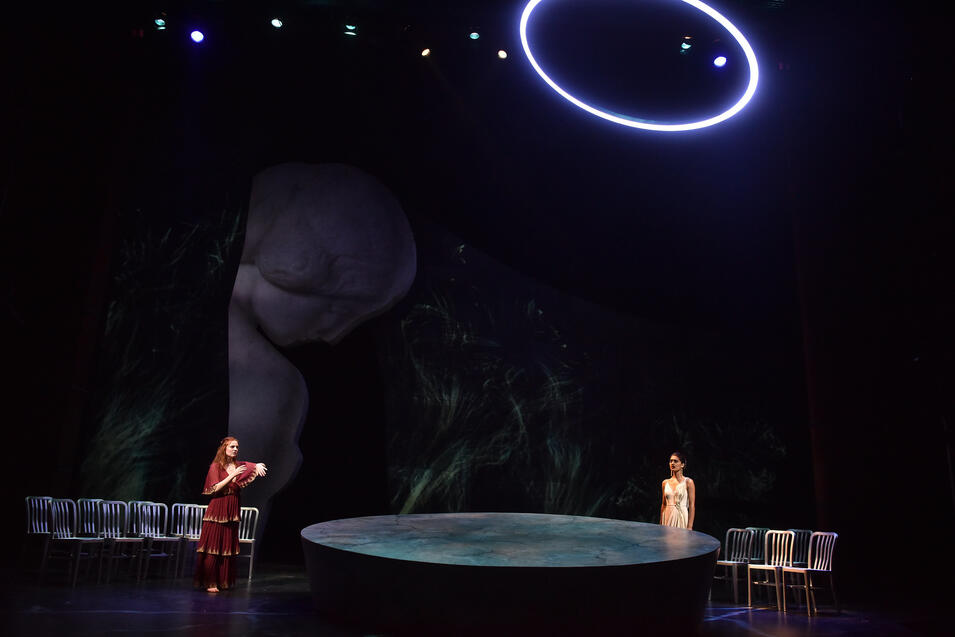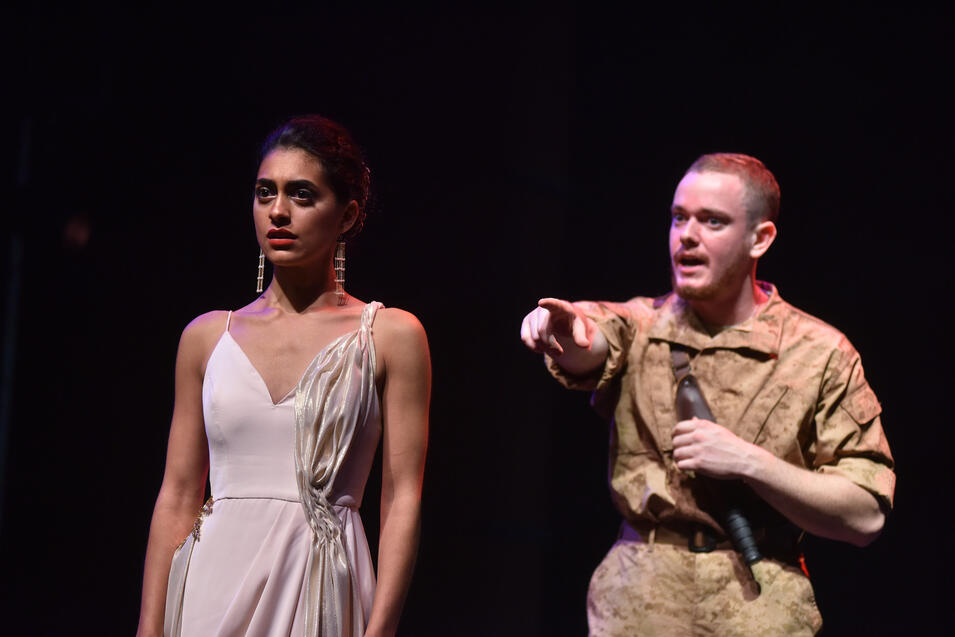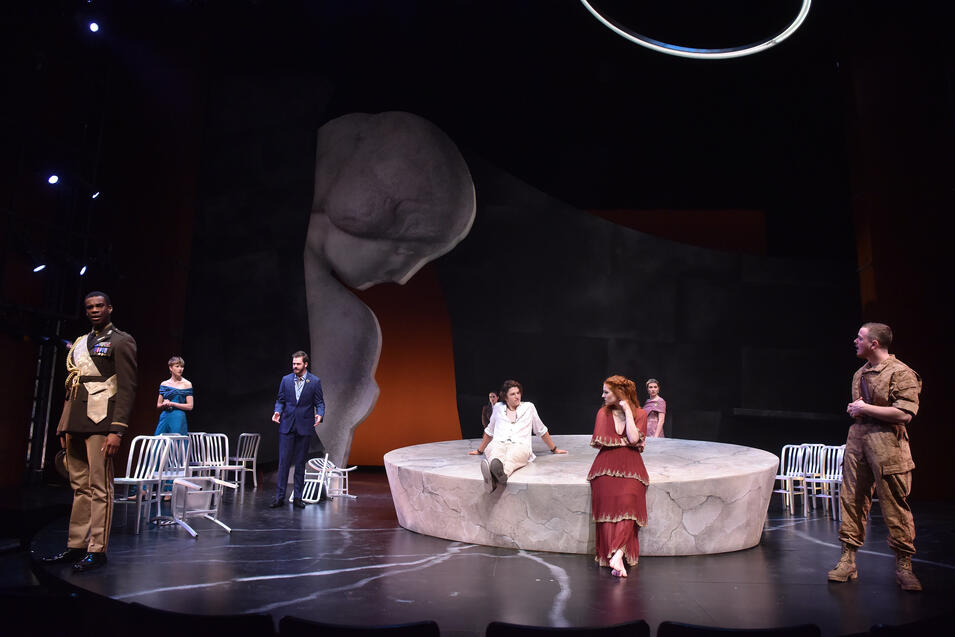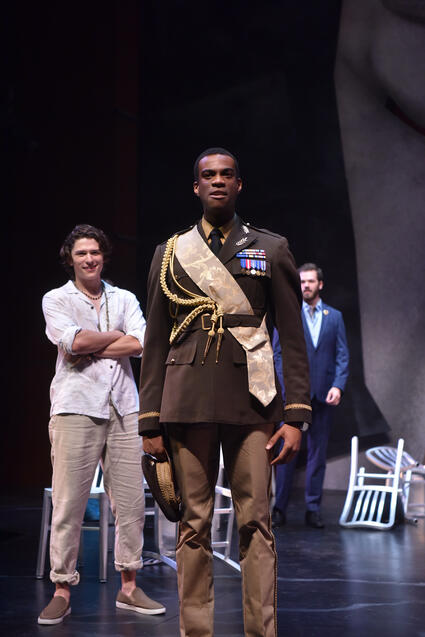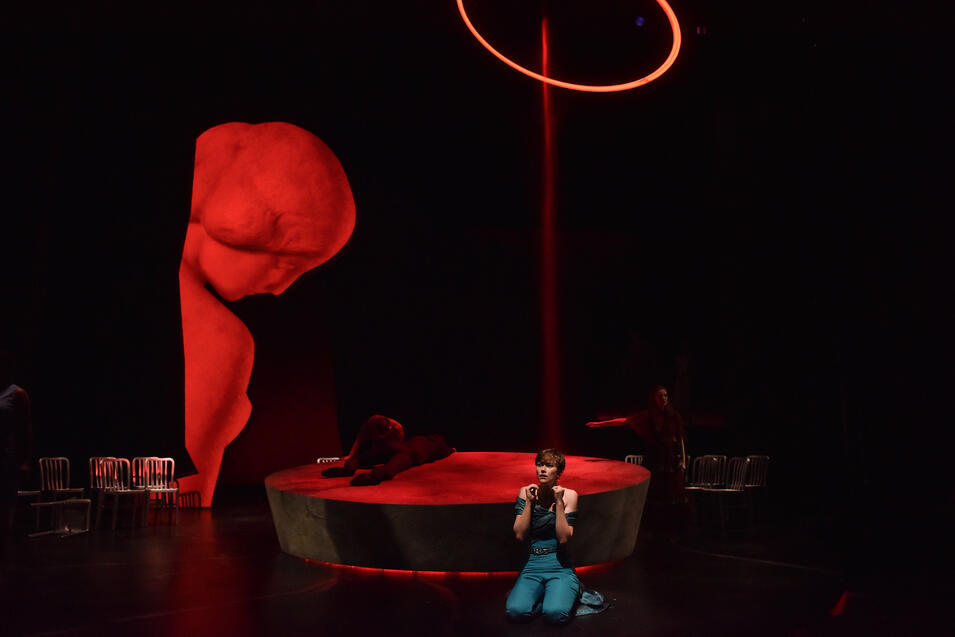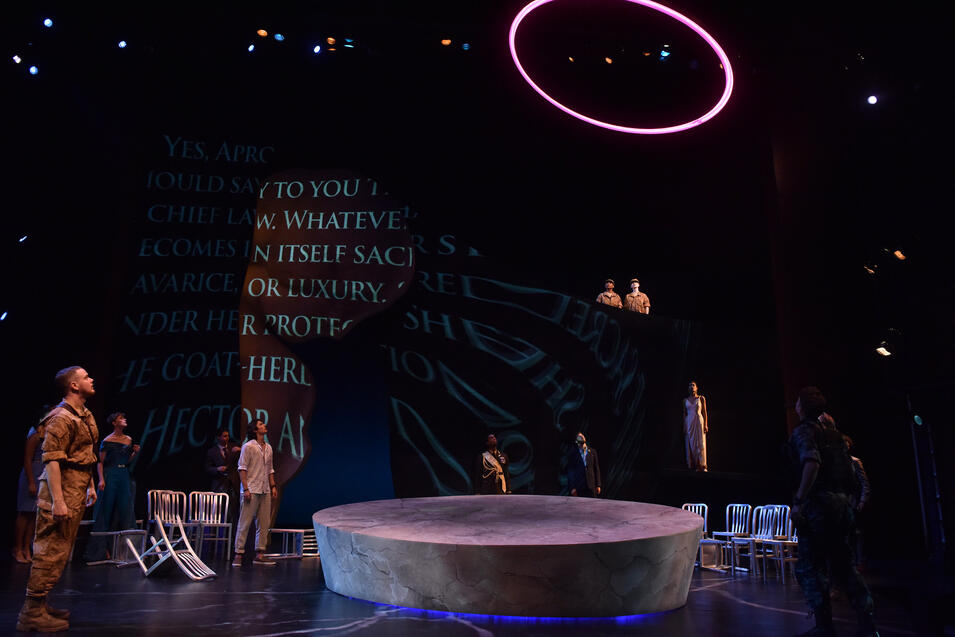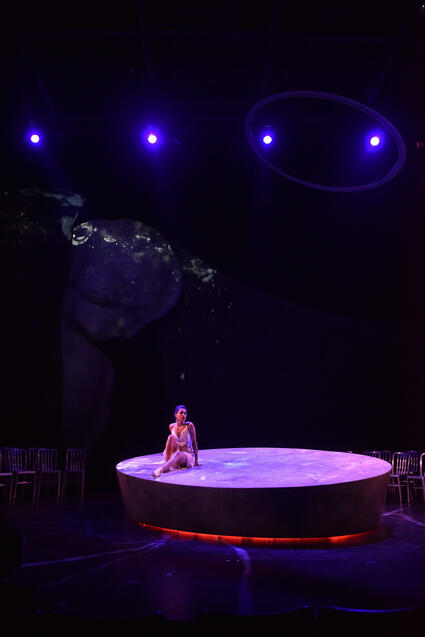Asgard's Wrath 2 - Sanzaru Games
Sound Designer
Asgard's Wrath 2! Check out the 10/10 from IGN and other reviews from Metacritic
WWE 2K22 - 2K/Visual Concepts
Sound Designer
For WWE 2K22 I was tasked with re-developing our tracking systems in google sheets to ensure all work was completed which is especially important on such a fast moving and overall brief timeline project. We had to touch almost every one of the tens of thousands of animations as we were integrating a grunt system from scratch. In addition to tagging animations, I worked on cut scene design for superstar entrances and victories. In addition to SFX triggering, the tagging system controlled the crowd in both intensity and oneshots to bring life and immersion to the superstars entering the ring.
• FMOD
• Wwise
• UE4
• Unity
• REAPER
• Pro Tools
• Cubase
• Soundminer
• Soundly
• Lua
• Std C++
• JUCE C++
• Python
Linear Media
Sound Designer, Recording Engineer, Mix Engineer
Co-Sound Designer
Completed with longtime collaborator Padra Crisafulli. Commissioned by reporter Farai Chideya to use source material from her 35 year audio archive to develop a 15-20 minute piece to be presented digitally and as a part of a Carrie Mae Weems gathering at the Park Avenue Armory in early December, 2021.
Sound Designer
Sound designed secions of the full documentary as a part of the Clean Cuts team.
Recording Engineer
Recorded VO for the full series as a memeber of the Clean Cuts staff.
Music
_
Podcasts
Recording Engineer
Sound Designer & Composer
Theatre
Sound Designer & Composer
Skills
Sound Designer
About Me
William N. Lowe is a game audio designer based in New York City. William is a Sound Designer/Mixer for Clean Cuts Interactive where he has just completed Asgard's Wrath 2 with Sanzaru Games, and is the Product Manager at AVAE for entertainment audio playback and show control software: Canvas. At CCI he has worked on Lego 2K Drive, WWE2K22, and NBA 2K22 along with film, TV, audio book, and podcast projects. William worked previously at the John F. Kennedy Center, Mainstreet Musicals, Chautauqua Theater Company, Quantum Theater, Philadelphia Fringe, and Capital Fringe. He is a graduate of Carnegie Mellon University's School of Drama.
Contact Me!
_
Skills
• REAPER
• Pro Tools
• Cubase
• Ableton
• Logic Pro X
• FMOD
• Wwise
• UE4
• Unity
• Soundminer
• Lua
• Std C++
• JUCE C++
• Python
Desdemona's Child
Sound Designer
Desdemona's Child (blood cry) by Caridad Svitch was slated to open April 21st, 2020 before the COVID-19 pandemic. In mid-March -- one week into rehearsals -- the team pivoted to a two-pronged digital presentation of the script. One prong of the presentation was a website, created by the design team, that can be found here. The second prong is a recorded reading of the script, accompanied with sound design, that was available for asynchronous viewing for the dates of the original run of the production.Desdemona's Child is a play that was written on the ashes of Shakespeare's Othello. It is a play about protest, loss, and legacy. Our design team decided to locate the story in Pittsburgh, inspired by neighborhoods like Troy Hill and reminiscent of the script’s written setting of the Mississippi Delta. The sound design team consisted of William N. Lowe as the Sound Designer and Travis Joseph Wright as the composer. Wright’s composition was centralized around three songs at pivotal moments with the script. Building from words written by Svitch, Wright was able to compose songs that would later influence Lowe’s overall sound design of the production.With the instrumentation of guitar, mandolin, violin, and cello Wright brought Svitch’s lyrical script to life. The composition provided a content base for the sound design. Beyond incidental cues as dictated in the script, the sound design consisted of providing transitions for the 21 scenes in the script. Before COVID-19, the original conceptualization of these transitions would range in duration and consisted of using granular synthesis and techniques from musique concrete to alter samples taken from Wright’s composed songs to guide the audience through the show.The system design for this production combines a reinforcement system with a conceptual system. The reinforcement system was designed for the three songs in the show. A truss held the center vocal cluster flanked by two cabinets on each side for the instrumentals. Each instrument would have had its own speaker to avoid digital summing. When possible, speaker processing was handled by the playback software for the show: AVAE’s Canvas.The conceptual system was shaped by two major elements. There was a moment where at the end of the second song, the vocals would pass over and around the audience in a delay, and the church bells and protest written into the script required distance upstage.With the transition to digital production, the sound design was reduced to scene transition cues, and upon implementation of the original sound cues, there needed to be a reconceptualization. Because the show was no longer grounded with a stage, the purpose of the sound design was altered to assist in grounding the piece. Upon reviewing research playlists, the song "Oatmeal" by Sudan Archives came to the surface. It is a fascinating, textural track that led the design to sample based hip hop, particularly focused on trap music. The main elements are drums, an 808 bass, and mandolin samples from Wright. With less than a week from reconceptualization until release, the final sound design leaned on the script’s structure, influenced by trap music to make the language more modern, and was complemented by Wright’s composition.
Tiger at the Gates
Composer





